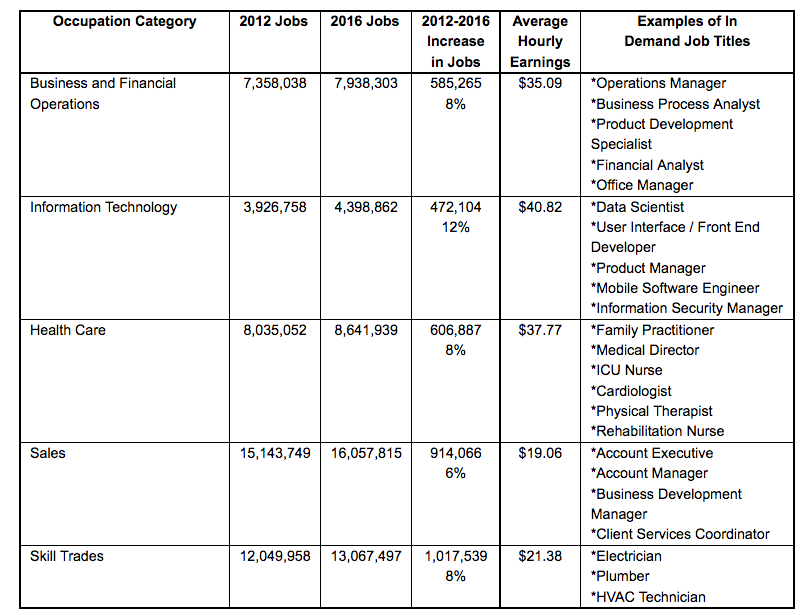Americans are very generous and donate much and often. I put some lists up on Facebook about good and poor donations. I then started thinking it might be beneficial to share how we processed our donating.
My husband and I set up our Vision, Mission, Value and Goals for our family and business. We run all of our decisions through that filter before we give.
We began with keeping people alive: starving, getting clean water, medications, etc. So as we looked at where to donate to assist with that mind frame, we found that all donations are not created equal which is why you should research places to best donate and those to avoid.
When we couldn’t figure out where our donations really ended up, we decided to work closer to home. We started feeding people ourselves. We started with a small church group. Then my husband decided he wanted to show up alone and make sandwiches for the hungry. What we found then was people abusing that system, not really hungry but just wanting to see what they could get for free. (We saw this pattern more than once in our hands-on giving which was very disheartening. Made us more concerned about where donations go.)
We then turned to the homeless in our area. Instead of getting involved with others, my husband and son found people on the streets and provided them with sleeping bags. We have learned over time that some homeless people choose not to live in a home. They want to live how they live, they just appreciated the warmth during cold nights. It was a great way to help others.
Ensuing my passion of teaching, I wanted to assist teachers. Reaching students is the greatest gift a teacher can have in this world. After many years in the classroom, I felt that I had much to offer others in streamlining their workload. My goal was to help others keep their fire in teaching.
I wanted to help teachers with the basics of mathematics via workshops on hands-on tools for teaching mathematics. Helping others discover best teaching practices in mathematics was very beneficial to teachers as well as teachers. Sharing the importance of utilizing manipulatives for concrete to representational to abstract interaction to create better student understanding and putting it into long-term memory was the foundation of this work.
As we watched my son struggle as an high-functioning-ADHD student in the public school system, we next set up ADHD conferences along with a psychologist for teachers and parents separately. This turned into an incredible long-term relationship with those in attendance. Parents and teachers alike loved what they learned about this Learning Disability that affects so many. Understanding how to deal with ADHD allows teachers to differentiate instruction to enhance universal learning.
Following, I set up a conference for teachers that wanted to THRIVE and not merely SURVIVE the classroom. This is where I shared my 28 years of classroom experience to assist teachers with making the best use of time. Classroom management simplified leads to more time to create and work with students.
Next was an ADHD preparation for students called “Starting Off on the Right Foot. We helped students and their parents prepare for the school year. We shared what worked in the past and what each had to do to be responsible for their success in the classroom. We set them up with folders, ways to take notes, using their phone, pencils, pens and more. Parents understood more about what teachers expected in the classroom and what they could do to support their children in the classroom.
All conferences went wonderfully and given at no profit. I knew exactly where the donations were going and was thrilled with the outcomes. This is a way to donate hands-on.
Further on, I opened a not-for-profit online school that offered courses for high school students. This morphed into an avenue for highly-motivated students to take courses not offered by their school and courses that allowed students to accomplish school-offered courses in order to take more courses throughout their school years. It was exciting to be working with students again.
We donate to Christian Radio Stations as we appreciate all the ears that fall upon this music and messages. We donate to people that directly affect our lives in a positive fashion. We donate to schools where friends and family work or attend. We donate to the cancer society directly through those affected by cancer. We tithe and donate to all of our churches. All of this COULD save lives which gets us back to our hearts desire.
After many trials, we narrowed donating money where it best meet the needs we want to see fulfilled. Currently we donate to leaders in and out of education that we personally know will do what is best. Leaders that follow our vision and mission. Leaders that share with us how others benefitted from the donation. This is how we suggest all to donate.
When you donate to a large organization, you have no idea where that money goes. If you give a dollar or two at the check-out of a store, where does it go? It’s easy to drop a check into an pre-addressed envelope, but where does it go? Are you helping those in need or is it going into someone’s pocket?
It may take a little time to figure out what your passions are, but make your dollars count for those with needs. Your church is best place to donate above tithing. Listen for the needs and then match it to your passion. Next, look at the teacher of your children or grandchildren. Look at the places these children are involved. All of these things will directly effect people you love.
So, before you write that next check, consider if you know exactly where this money goes and whom it will assist.
Happy giving!
~Sandy




